Marbled whiptail - Loricaria simillima
Scientific name: Loricaria simillima
Common name: Marbled whiptail
Family: Loricariidae
Usual size in fish tanks: 16 - 18 cm (6.3 - 7.09 inch)
014
Recommended pH range: 7 - 8.5
Recommended water hardness: 8 - 18°N (142.86 - 321.43ppm)
0°C 32°F30°C 86°F
Recommended temperature range: 23 - 28 °C (73.4 - 82.4°F)
The way how these fish reproduce: Spawning
Where the species comes from: South America
Temperament to its own species: peaceful
Temperament toward other fish species: peaceful
Usual place in the tank: Bottom levels
Origin
The Marbled Whiptail (Loricaria simillima) is native to the river basins of the Amazon and Orinoco rivers in South America. These regions are known for their soft, warm waters with moderate to high flow, which should be replicated in the aquarium to keep them comfortable and healthy.
Lifespan
The expected lifespan of the Marbled Whiptail in captivity is around 15 years, provided they are cared for in optimal conditions. Regular tank maintenance, stable water parameters, and a proper diet are key factors in maximizing their lifespan.
Short Description
The Marbled Whiptail is a peaceful bottom-dweller known for its elongated, slender body and distinctive marbled pattern. In captivity, they typically grow to a size of 16-18 cm (6.3 - 7.09 inches). This species is quite skittish and prefers to spend most of its time hiding among rocks, driftwood, and other tank décor. Providing plenty of hiding spots is essential to help them feel secure. Although they are peaceful and compatible with other tankmates, they do best in a well-established tank with similar calm species.
General Care
Marbled Whiptails thrive in aquariums with soft substrates, such as sand, to protect their delicate undersides. They prefer tanks with slow to moderate water flow, mimicking their natural riverine habitats. Include plenty of hiding places, such as caves, tunnels, rocks, and driftwood, to reduce stress and provide a sense of security. Plants like Amazon Swords and Anubias can also be added to create a more natural environment.
Maintain water temperatures between 23-28°C (73.4-82.4°F) and a pH level of 7.0-8.5. The water hardness should be within the range of 8-18°N (142.86-321.43 ppm). A high-quality filtration system is necessary to keep the water clean and oxygenated, as Marbled Whiptails are sensitive to poor water conditions. Perform regular water changes (20-30% weekly) to ensure a healthy environment for the fish.
Suitable Tankmates
Marbled Whiptails are peaceful fish that do well in community tanks with other calm species. Ideal tankmates include small to medium-sized, non-aggressive fish such as Pearl Gouramis, Rummy Nose Tetras, and Corydoras Catfish. Avoid housing them with aggressive or territorial fish, as Marbled Whiptails are shy and may become stressed in the presence of more boisterous tankmates.
Food and Feeding
Marbled Whiptails are primarily herbivores, and their diet should consist of high-quality algae wafers and vegetable-based flakes. They may also accept occasional treats like sinking shrimp pellets. It is important to provide a diet that includes fibrous foods, as it helps with their digestion. Fresh vegetables like zucchini slices, spinach, and cucumber can be offered occasionally. These fish have a small, downward-facing mouth suited for grazing on surfaces, so be sure to break food into manageable pieces.
Sexing
Males can be distinguished from females by their more pronounced lower lip and larger interopercular spines. They also tend to develop these characteristics at an early age, making sexing easier as they mature.
Breeding
Breeding Marbled Whiptails is possible in a well-maintained aquarium. To encourage spawning, provide caves or tunnels in the tank, as these fish prefer to lay their eggs in secluded spots. Once the female lays her eggs, the male will take on the responsibility of guarding them. He will hover over the eggs, raising himself on his pectoral fins and wrapping his lower lip around them for protection. Occasionally, he may even carry the eggs with him as he moves around the tank.
The eggs usually hatch within 10-14 days, producing relatively large fry compared to other fish species. The fry can be fed the same diet as the adults but should be given smaller, more manageable portions. Regular water changes and maintaining optimal water parameters are crucial during the fry's early stages to ensure their healthy growth.
Pictures
Bought by aqua-fish.net from jjphoto.dk.
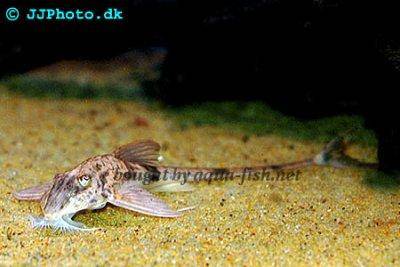



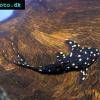 Adonis
Adonis  Lyre
Lyre 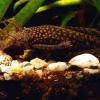 Bristlenose
Bristlenose 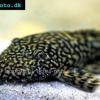 Gold
Gold  Bushymouth
Bushymouth  Spotted
Spotted  Medusa
Medusa 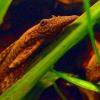 Bristlenose
Bristlenose 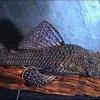 Starlight
Starlight 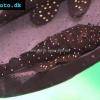 Spotted
Spotted  Catfish
Catfish  Bushynose
Bushynose 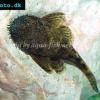 Bristlenose
Bristlenose  Green
Green 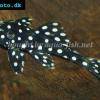 LDA-33
LDA-33 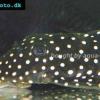 Snowflake
Snowflake 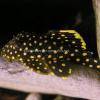 Gold
Gold 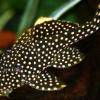 Gold
Gold  Bulldog
Bulldog  Dasyloricaria
Dasyloricaria  Butterfly
Butterfly 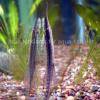 Whiptail
Whiptail 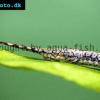 Amazon
Amazon  Twig
Twig 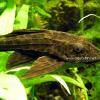 Spotted
Spotted 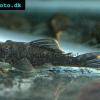 Spotted
Spotted 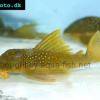 Lemon
Lemon 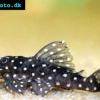 Pleco
Pleco 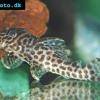 Peruvian
Peruvian 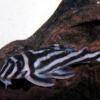 Zebra
Zebra 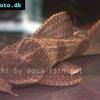 Pleco
Pleco  Hypostomus
Hypostomus 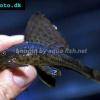 Pleco
Pleco 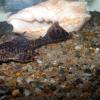 Suckermouth
Suckermouth  Spotted
Spotted  Woodeating
Woodeating  Golden
Golden  Sultan
Sultan 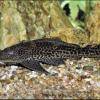 Multiradiatus
Multiradiatus 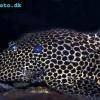 Pleco
Pleco 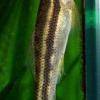 Dwarf
Dwarf 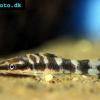 Dwarf
Dwarf 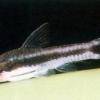 Dwarf
Dwarf  Oxyropsis
Oxyropsis 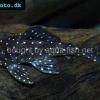 Orange
Orange 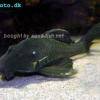 Blue
Blue  Clown
Clown 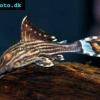 Royal
Royal 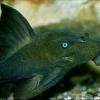 Blue
Blue 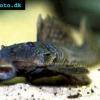 Rubber
Rubber  Goby
Goby 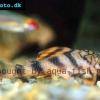 Wormline
Wormline  Para
Para  Tiger
Tiger 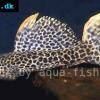 Leopard
Leopard 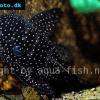 Spiny
Spiny 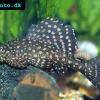 Marbled
Marbled 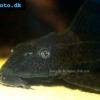 Amazon
Amazon  Common
Common 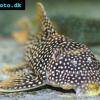 Sunshine
Sunshine 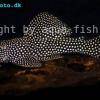 Golden
Golden